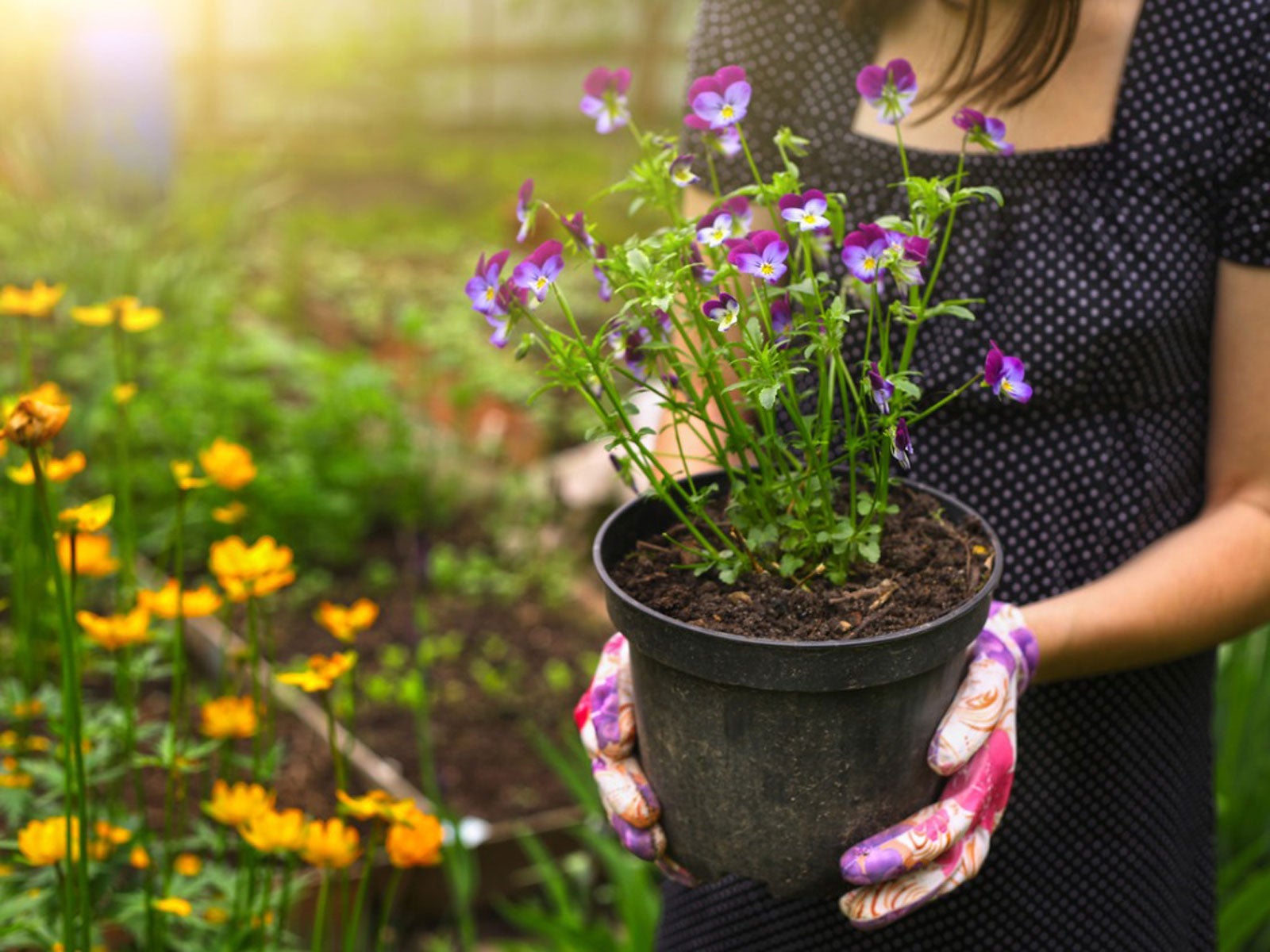
For gardeners, moving garden plants to pots, and sometimes back again, is a common occurrence. There may be a sudden influx of volunteers or plants may need to be divided. In either case the gardener will be transplanting from ground to pot. If potting a garden plant hasn’t happened to you yet, it will at some point. Therefore, it’s best to understand how to transplant garden plants into containers.
About Potting a Garden Plant
The above reasons are only the tip of the iceberg when it comes to transplanting from ground to pot. The seasons may be changing, and you wish to change your garden décor with them, or a plant may not be doing well in its current location.
A change of scenery might be in order or on a whim, with the gardener deciding that “plant A” would look better in a pot or maybe in another corner of the garden.
To keep transplant shock to a minimum when moving garden plants to pots, take a minute and follow a couple of guidelines. After all, the point of moving the garden plants isn’t to kill them.
Transplanting from Ground to Pot
Prior to moving garden plants into containers, be sure that you have enough similar or better soil to transplant into and a container that is large enough, yet not too large, for the plant.
Water the plant or plants that will be moved the night before. Really soak them so the root system is hydrated and can withstand transplant shock. It is often a good idea to remove any stems or foliage that is dying.
If possible, plan to move the garden plant into containers either early in the morning or later in the evening when temperatures are cooler to reduce the risk of shock. Do not try to move plants during the heat of the day.
Sign up for the Gardening Know How newsletter today and receive a free copy of our e-book "How to Grow Delicious Tomatoes".
Moving Garden Plants into Containers
Unless you are transplanting something truly massive, like a tree, a trowel is generally enough to dig the plant up. Dig around the roots of the plant. Once the root system has been revealed, dig deeper until the entirety of the plant can be lifted from the soil.
Loosen the roots gently and shake excess soil from them. Fill the container a third of the way with potting soil. Settle the roots into the medium and spread them out. Cover the roots with additional potting medium and lightly tamp down around the roots.
Water the plant so the soil is moist but not sodden. Keep the newly transplanted garden plants in containers in a shaded area for a few days to allow them to rest and acclimate to their new home.

Amy Grant has been gardening for 30 years and writing for 15. A professional chef and caterer, Amy's area of expertise is culinary gardening.
